Do you believe in stereotypes?
Yes? No?
Well, here’s one prevailing stereotype that fascinates me.
It’s about the two cultures that are separated by the Atlantic Ocean.
On one side, you have the United States. Meanwhile, on the other, you have the European Union. The two cultures appear to be as different as night and day.
The Americans are risk-takers. The Europeans are risk-phobic.
The Americans believe the glass is half-full. The Europeans believe the glass is half-empty.
The Americans believe in self-reliance. The Europeans believe in safety nets.
So, is there any truth to these stereotypes?
Well, in my opinion, it can be helpful to consider what happened in the 1940s.
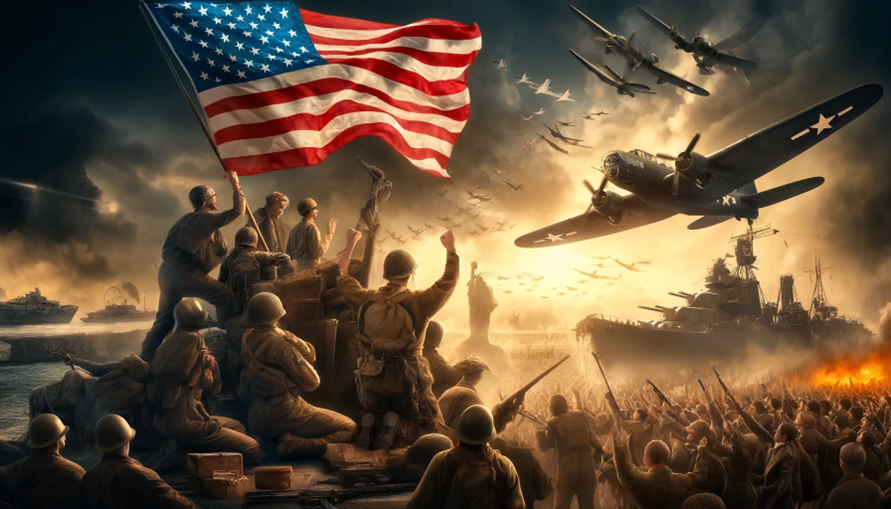
Source: Image generated by OpenAI’s DALL-E
In the aftermath of World War II, the United States was the only major nation left standing intact. It was fortunate enough to avoid widespread destruction and trauma on its own soil:
- So, for the American military veterans who returned home, they got a pretty sweet deal. They enjoyed the benefits of the GI Bill of 1944. This was a great piece of legislation. It encouraged vets to buy homes, start businesses, and get educated. This acted as rocket fuel for upward mobility.
- This allowed America’s war economy to transition smoothly into a peacetime consumer economy. It enjoyed a new industrial boom, supported by a rising middle class. This meant that the United States was in the ideal position to emerge as the world’s dominant capitalist power.
- This paved the way for the golden age of the 1950s. This was a time of expansion and growth. The American Dream flourished. People were highly confident, embracing self-reliance. Entrepreneurship. Private enterprise.
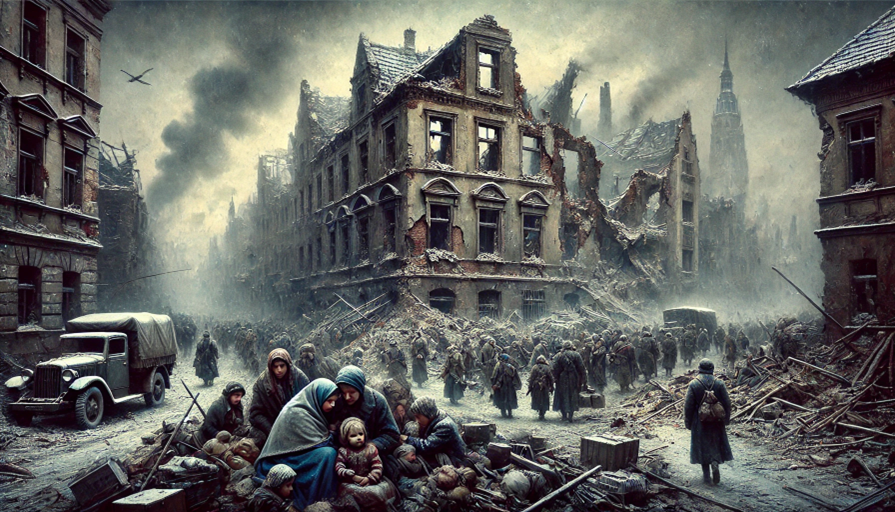
Source: Image generated by OpenAI’s DALL-E
Meanwhile, on the other side of the Atlantic, the European survivors of World War II didn’t have it quite as good. In fact, they had it pretty rough. Vast swathes of the Continent had been destroyed. Everything was in ruins. The population was left traumatised and displaced:
- The United Kingdom, in particular, was effectively bankrupt. They were kept afloat only by the Anglo-American Loan Agreement of 1946. The United States generously provided a princely sum of USD $3.75 billion at a 2% interest rate.
- Meanwhile, for the rest of Western Europe, the Marshall Plan was put into action. This would provide USD $13.3 billion to urgently resuscitate and revive the Continent.
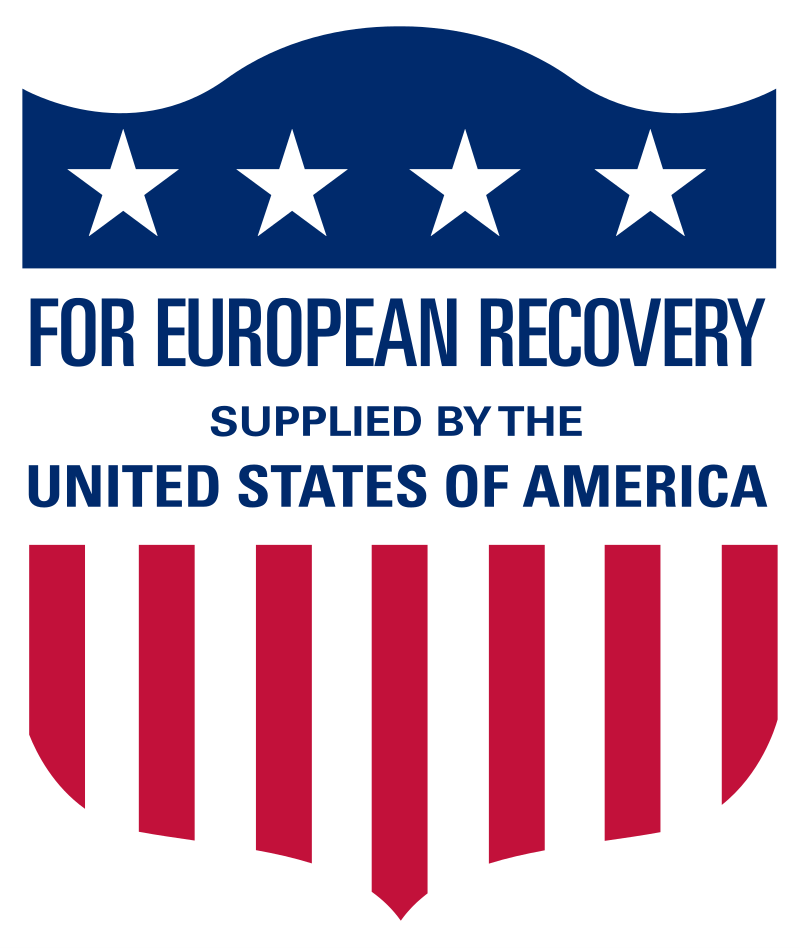
Logo used on aid delivered to European countries during the Marshall Plan. Source: Wikimedia Commons
The scale of the challenge here was enormous. Infrastructure needed to be rebuilt from scratch. The necessities for life needed to be restored. Millions had to be fed, clothed, and sheltered in a hurry:
- Indeed, desperate times called for desperate measures. So, central planning was installed. The heavy hand of the government became the rule of the day. This led to nationalised industries, as well as dense bureaucracies.
- As the years rolled by, you might argue that such habits have become entrenched. The Europeans began to prioritise stability over risk-taking. Regulation over innovation. Social safety nets over entrepreneurship.
- Why? Well, the legacy of lingering trauma. This meant that compliance and integration was favoured, while creativity and freedom were sidelined.
Jean Monnet was one of the founding fathers of the European Union. He said: ‘Europe has never existed. One must genuinely create Europe.’
- So, if you ever wonder why globalist organisations like World Health Organisation and the World Economic Forum are dominated by European interests, well, you have your answer right there.
- Indeed, this is where the prevailing stereotype emerges: the average European is more comfortable with nanny-state interventionism than the average American.
- However, the irony here is that European-style socialism only exists because of American-style capitalism. Indeed, the defence umbrella of the United States has been a comforting presence on the Continent for almost 80 years now.
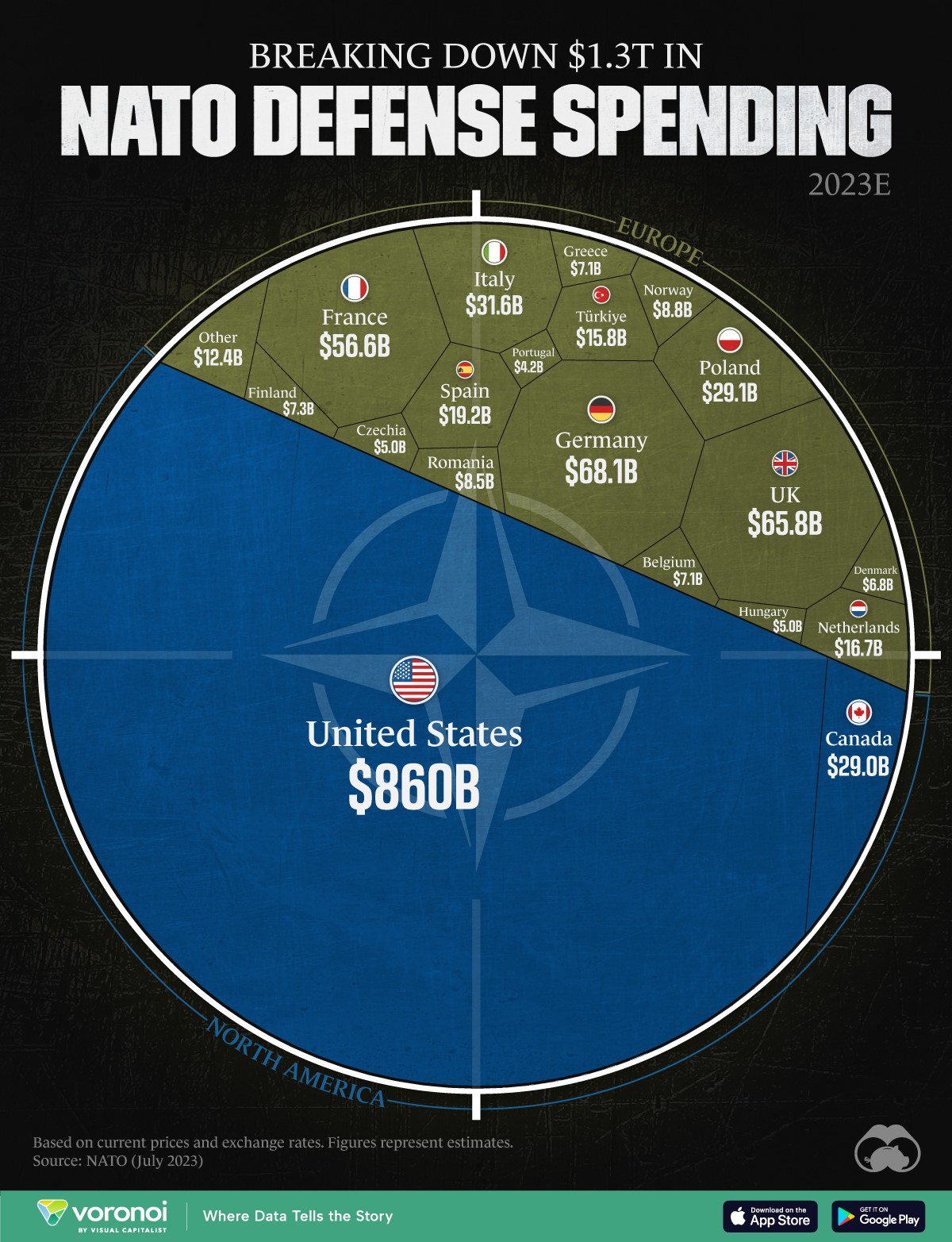
Source: Visual Capitalist
But watch out. Right now, this transatlantic relationship between America and Europe is experiencing a seismic shift. You can expect that cultural attitudes will experience a shake-up as well:
- At the moment, almost 70% of military spending within the NATO alliance can be attributed to one country alone: the United States.
- Donald Trump has expressed his grievance here. He wants the Europeans to step up to the plate. Boost their defence spending. And he has threatened serious consequences if they don’t.
- In Trump’s words: ‘It’s common sense, right? If they don’t pay, I’m not going to defend them. No, I’m not going to defend them.’
So, a fracture is developing between Washington and Brussels. And that chasm appears to be widening now:
- Because of this, the EU has just announced a huge surge in defence spending — €800 billion. This may very well be the biggest shift in two generations.
- It does appear that the bureaucrats in Brussels have been jolted from their long stupor. Forget complacency. Say hello to action.
- Europe is in a rush to rearm. There’s a sense of urgency now. Could this emerging situation be creating both risk and opportunity?
I want to take an uncensored, uncompromising look at the geopolitical situation:
- What’s happening now has a far-reaching outcome for all of us.
- Here are 2 Urgent Signals that you need to pay attention to…
Your first Quantum Wealth Report is waiting for you:
⚡🌎 Start Your Subscription: NZ$37.00 / monthly
⚡🌎 Start Your Subscription: US$24.00 / monthly



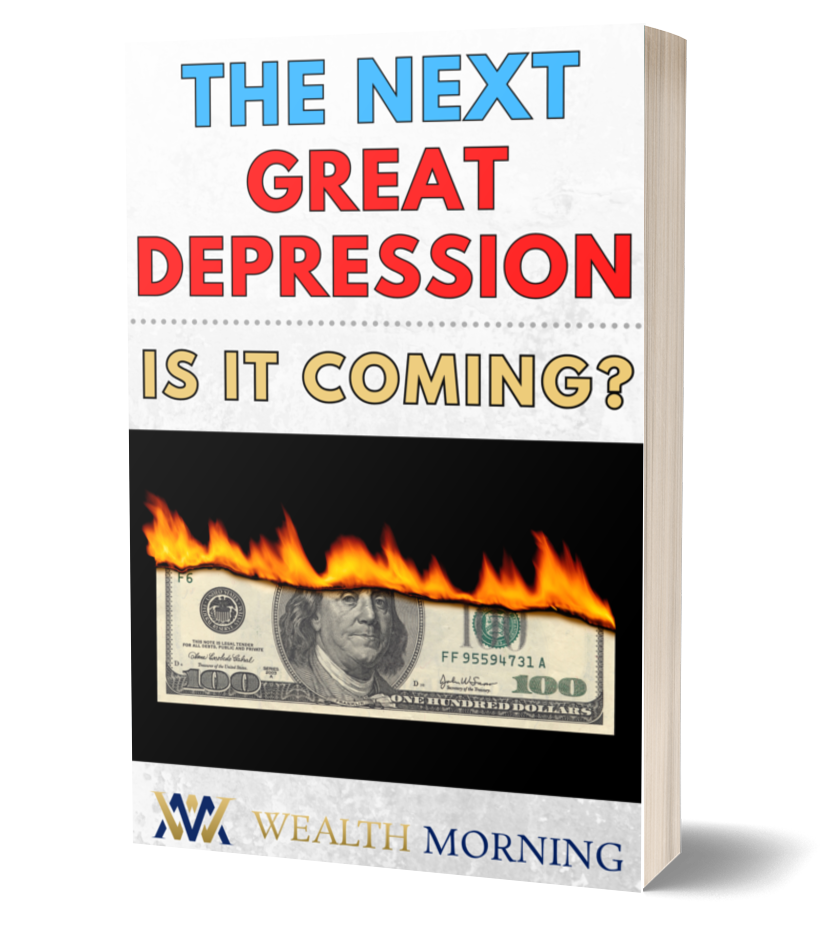
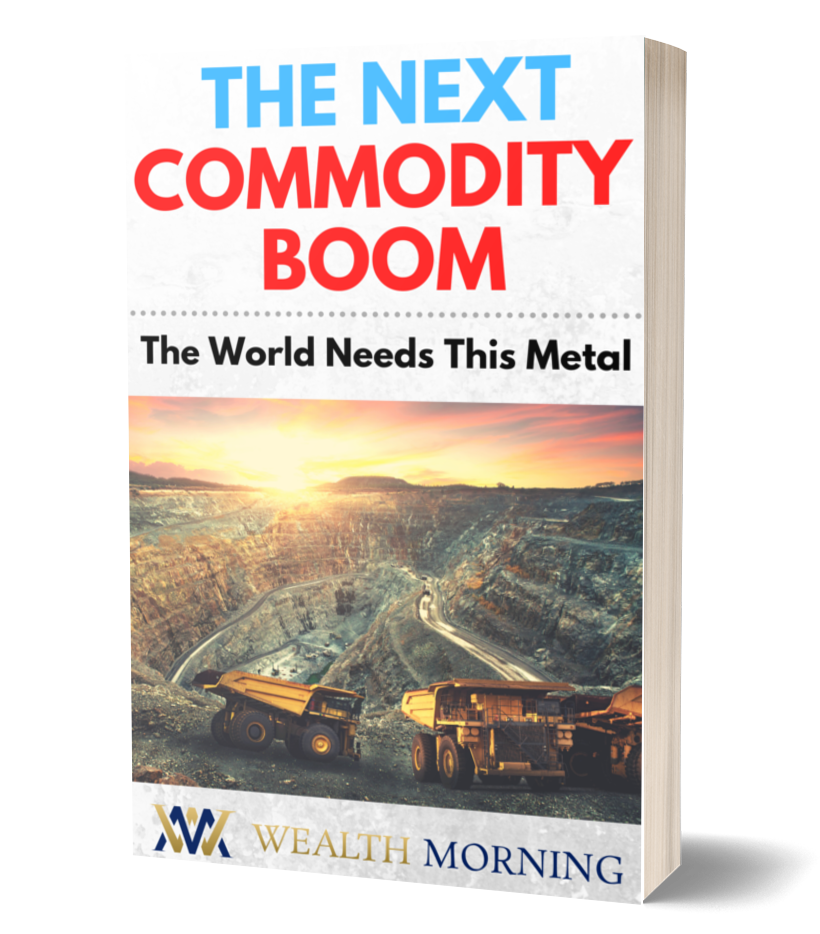
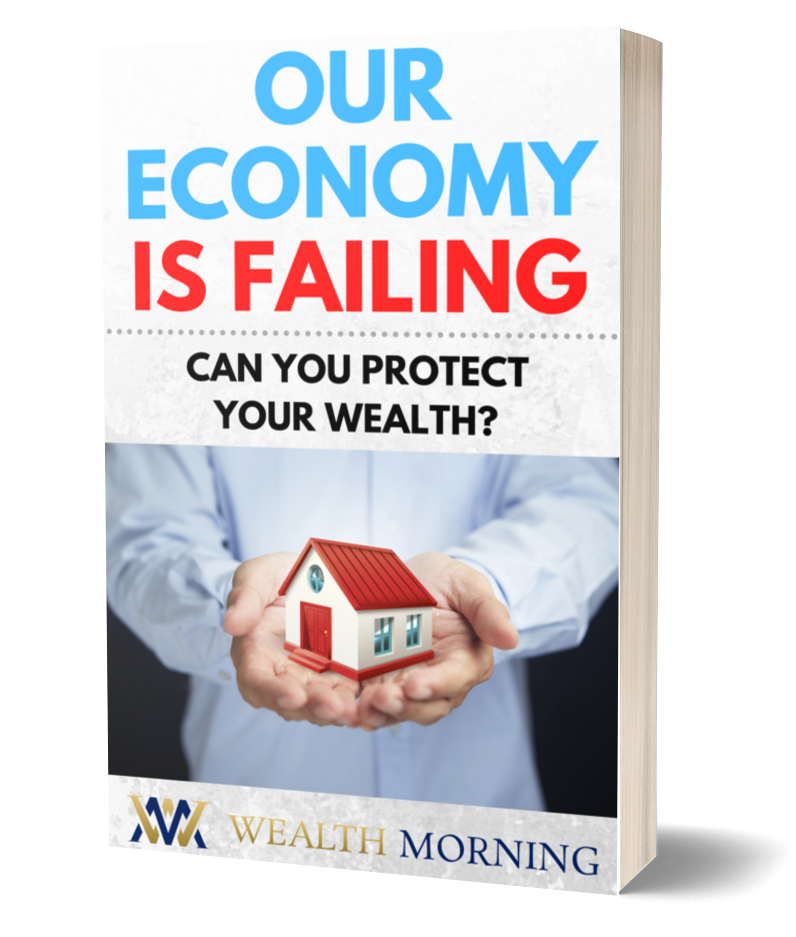
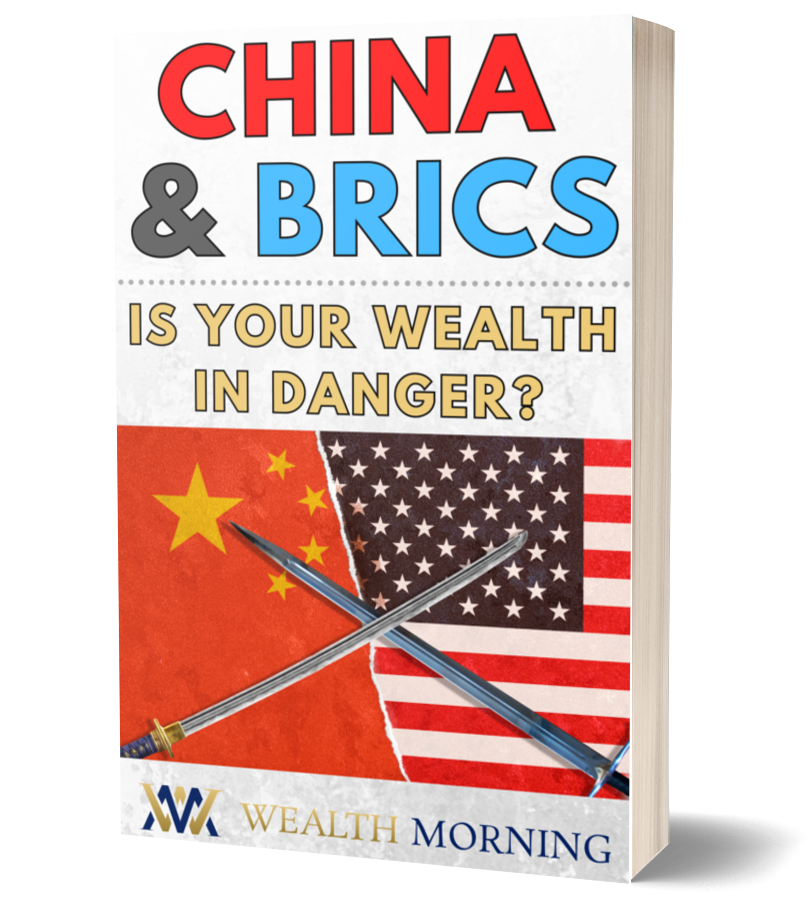
John is the Chief Investment Officer at Wealth Morning. His responsibilities include trading, client service, and compliance. He is an experienced investor and portfolio manager, trading both on his own account and assisting with high net-worth clients. In addition to contributing financial and geopolitical articles to this site, John is a bestselling author in his own right. His international thrillers have appeared on the USA Today and Amazon bestseller lists.